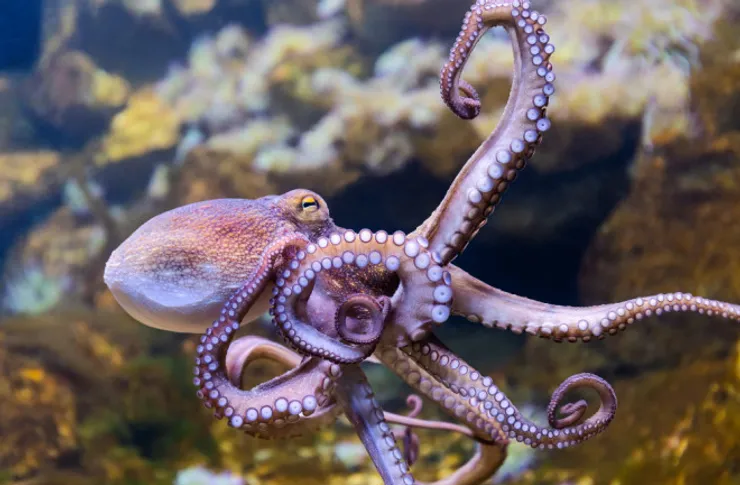By: Evan Bian
Without searching online, we all know that the human hand isn’t made for grabbing slippery objects, but these octopus-inspired gloves can stick to slippery objects easily. “Being able to grasp things underwater could be good for search and rescue. It could be useful for archaeology. It also could be helpful for marine biology,” says Michael Bartlett. He’s a mechanical engineer at Virginia Tech in Blacksburg. His team described the new glove online on July 13 in Science Advances.
Each of the glove’s suckers is a cone of rubber about as big as a raspberry. That cone is capped with a thin, stretchy rubber sheet that pulls air out of the sucker draws its cap into a bowl shape that sticks to surfaces like a suction cup. Pumping air into the sucker inflates the cap. That causes the sucker to pop off surfaces. Each finger also has a Tic Tac-sized sensor that detects nearby surfaces. When the sensor nears an object, it switches the sucker on that finger to sticky mode.
Bartlett and his colleagues used the glove to pick up various objects underwater. The glove was able to latch onto a toy car, a spoon and a bowl. It could also snag a delicate, Jell-O-like bead of hydrogel. Each sucker, on its own, can lift about one kilogram (2.2 pounds) in the air. Underwater, it can hoist even more weight thanks to the help of buoyancy, Bartlett says. Adding more suckers could give the glove an even stronger grip. This new glove barely brushes the surface of what octopuses can do. Those animals can individually control thousands of suckers across their eight arms. The animals use those suckers to feel around the seafloor and snatch up prey. To do this, they don’t just use tactile A new glove lets humans grip like an octopus Science sensors in their arms. Octopus suckers also are packed with chemical-sensing cells that let the animals be aware of their surroundings. These gloves are far from becoming an octopus tentacle, but scientists are improving technology for enhanced tools to help them and us both.











